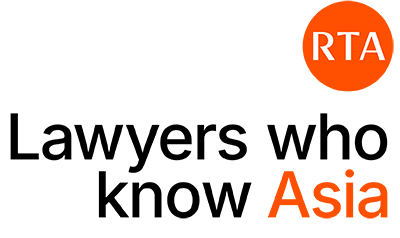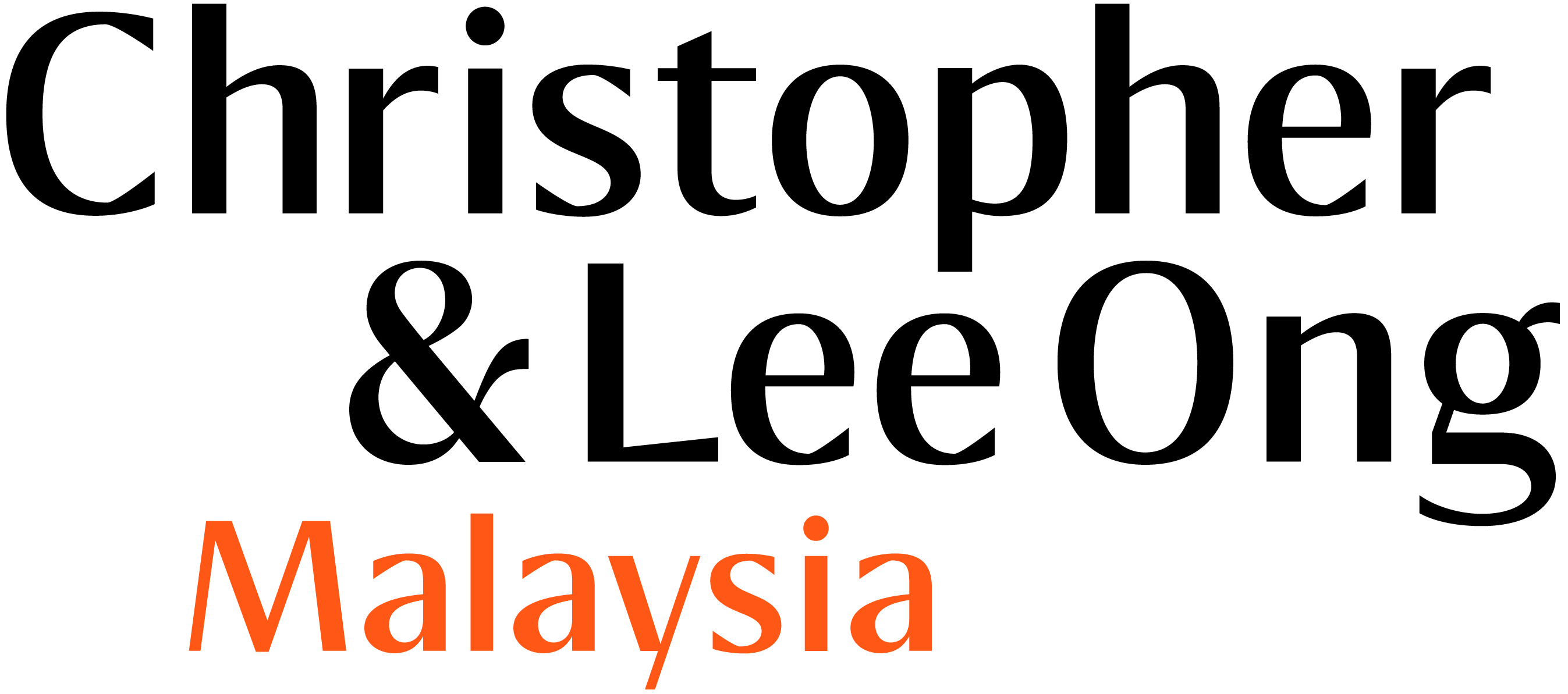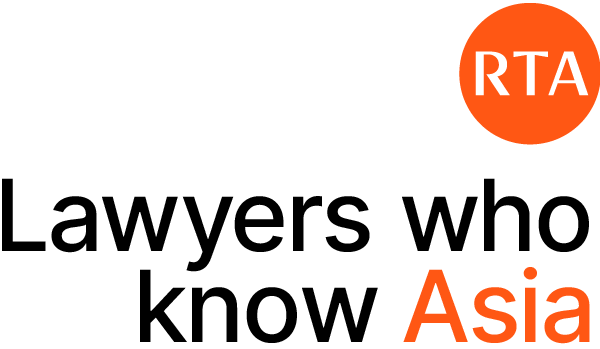简介
随着马来西亚继续加强其在区域数字经济中的领先地位,投资、贸易及工业部 (MITI) 最近发布了 数据中心可持续发展指南(”指南“),为马来西亚可持续数据中心的开发和运营提供了框架。
这符合马来西亚政府推出的数字生态系统加速计划 (“DESAC“)。DESAC旨在通过向在马来西亚投资数字项目的公司提供税收优惠并营造有利于数字化转型的环境来加强马来西亚的数字基础设施并吸引高质量投资。
指南的目标
指南旨在概述最佳实践和监管标准,以确保数据中心高性能且环保。指南列出了以下目标:
- 通过吸引可持续数据中心组织的投资,将马来西亚定位为东南亚的数据中心枢纽;
- 进一步释放各组织在设计和运营节能数据中心方面的能力;
- 加速使用可再生或洁净能源,为数据中心的运营提供低碳能源;以及
- 鼓励创新,提高数据中心设计和运营中的用水效率。
取得可持续数据中心的地位
指南列出了以下在马来西亚取得可持续数据中心的地位的衡量因素:
- 电力使用效率 Power Usage Effectiveness (“PUE”):数据中心总能耗与信息技术设备能耗在同一时期内计算、测量或评估的比率。数据中心的所有者/开发商/运营商(”组织“)需要根据国际标准 ISO/IEC 30134-2 申报计算的设计 PUE 值。
- 碳使用效率 Carbon Usage Effectiveness (“CUE”):数据中心年度二氧化碳排放量与信息技术设备能源需求的比率。组织应根据国际标准 ISO/IEC 30134-8 申报计算的设计 CUE 值。组织可购买可再生能源资源用于其运营,或在现场生产或共同生产可再生电力,或以其他方式产生二氧化碳。
- 水资源使用效率 Water Usage Effectiveness (“WUE”):数据中心用水量除以信息技术设备消耗的能量之商。组织在选址新数据中心时应考虑水资源紧张指数 (WSI) 小于8 的区域(这仅适用于马来半岛内的地区),避开水资源紧张地区。组织可利用再生水或再利用水进行运营。组织应根据国际标准 ISO/IEC 30134-9 申报计算的设计 WUE 值。
数据中心分类
指南的附录 1 列出了马来西亚以下类别的数据中心:
- 超大规模(商业单一租户和服务提供商私人);
- 主机托管(多租户)专用建筑(2020 年后建造);
- 主机托管(多租户)专用建筑(2020 年前建造)– 中压;
- 主机托管(多租户)专用建筑(2020 年前建造)– 低压;
- 主机托管(多租户)改建建筑;以及
- 企业私人(专属)专用建筑和改建建筑。
上述每个类别在电源、电力容量、当前信息技术负载下的基准 PUE、高能效的拟议设计 PUE 目标、PUE 测量方法、拟议设计 WUE、WUE 测量方法和测量频率方面都有不同的特征。
结论
虽然马来西亚在数字基础设施发展方面具有不可否认的战略优势(近年来马来西亚的数据中心项目数量就是明证),但确保这种发展的可持续性至关重要。该指南无疑是政府将 ESG(环境、社会和治理)框架融入马来西亚数字行业的关键政策和举措之一,也是迈向实现 2050 年净零排放的坚实一步。
值得注意的是,马来西亚投资发展局 (MIDA)的 DESAC 计划下的税收优惠申请(截至 2027 年 12 月 31 日)将受该指南中概述的条件约束。这将进一步鼓励马来西亚所有参与者遵守该指南,以取得可持续数据中心的地位。
如果您需要有关上述内容或与项目、能源和基础设施有关的任何其他事项的更多信息或任何建议,请随时联系以下列出的团队的任何成员。
请点击此处查看英文版本。
Disclaimer
Rajah & Tann Asia is a network of member firms with local legal practices in Cambodia, Indonesia, Lao PDR, Malaysia, Myanmar, the Philippines, Singapore, Thailand and Vietnam. Our Asian network also includes our regional office in China as well as regional desks focused on Brunei, Japan and South Asia. Member firms are independently constituted and regulated in accordance with relevant local requirements.
The contents of this publication are owned by Rajah & Tann Asia together with each of its member firms and are subject to all relevant protection (including but not limited to copyright protection) under the laws of each of the countries where the member firm operates and, through international treaties, other countries. No part of this publication may be reproduced, licensed, sold, published, transmitted, modified, adapted, publicly displayed, broadcast (including storage in any medium by electronic means whether or not transiently for any purpose save as permitted herein) without the prior written permission of Rajah & Tann Asia or its respective member firms.
Please note also that whilst the information in this publication is correct to the best of our knowledge and belief at the time of writing, it is only intended to provide a general guide to the subject matter and should not be treated as legal advice or a substitute for specific professional advice for any particular course of action as such information may not suit your specific business and operational requirements. You should seek legal advice for your specific situation. In addition, the information in this publication does not create any relationship, whether legally binding or otherwise. Rajah & Tann Asia and its member firms do not accept, and fully disclaim, responsibility for any loss or damage which may result from accessing or relying on the information in this publication.








